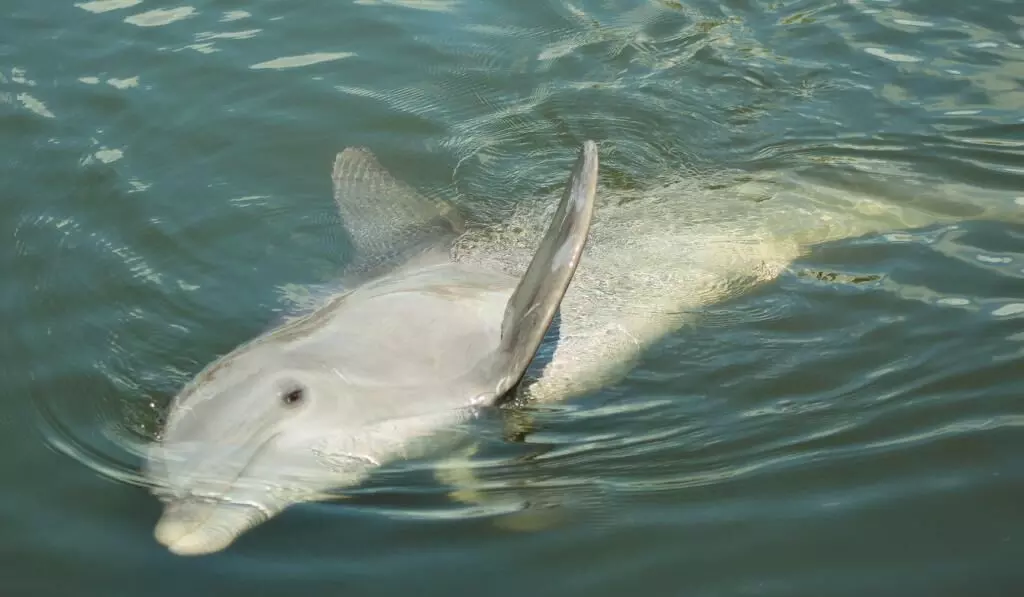India's First National Dolphin Research Centre Opens in Patna

Images Credit -iStock
Patna, Bihar: After a decade in the making, India's first dedicated research centre for the endangered Gangetic dolphin, the National Dolphin Research Centre (NDRC), was inaugurated on March 4, 2024, by Bihar Chief Minister Nitish Kumar. The institute is situated near the Ganga River on the Patna University campus.
Focus on Comprehensive Research and Conservation:
The NDRC aims to facilitate comprehensive research on Gangetic dolphins, encompassing their behaviour, survival skills, food habits, and mortality causes. The goal is to establish the centre as a leading hub for dolphin research and conservation efforts. Bihar Forests and Chief Wildlife Warden PK Gupta also highlighted the centre's role in training fishermen on sustainable fishing practices to protect dolphins.
Strategic Location and Delayed Project:
The NDRC occupies a 4,400-square-metre plot on the Patna University campus, offering researchers a prime location for observing dolphins in their natural habitat. The project, though approved in 2013, faced delays. The foundation stone was laid in 2020 by CM Kumar, and construction commenced after obtaining clearance for the building's location, which is around 200 meters from the Ganga River.
Renowned dolphin expert RK Sinha, who initially proposed the centre a decade ago, expressed concerns about the delays. However, he and other experts like Gopal Sharma of the Zoological Survey of India, welcomed the centre's establishment, acknowledging its potential to strengthen ongoing conservation efforts.
The Gangetic River Dolphin: Facing Challenges:
The Gangetic river dolphin, India's national aquatic animal, is classified as endangered by the International Union for Conservation of Nature (IUCN). Found in India, Bangladesh, and Nepal, Bihar houses nearly half of India's estimated 3,000 Gangetic dolphins. These blind dolphins navigate and hunt using echolocation, preferring deep, turbulent waters with abundant fish. They inhabit areas with minimal current to conserve energy, diving into deeper waters when threatened. However, their habitat faces various threats, as highlighted by Sinha.
Addressing Concerns and Highlighting Significance:
The idea for the NDRC was first proposed by renowned Gangetic dolphin expert RK Sinha a decade ago and received approval in 2011-2012 from Montek Singh Ahluwalia, then-deputy chairman of the Planning Commission. While Sinha previously expressed concerns about the delays, Gopal Sharma, a senior scientist at the Zoological Survey of India, welcomed the NDRC's establishment, emphasising its potential to strengthen ongoing dolphin conservation efforts.
The Plight of the Gangetic River Dolphin:
The Gangetic river dolphin, classified as endangered by the IUCN and a Schedule I animal under the Wild Life (Protection) Act, 1972, once constituted half the world's river dolphin population. According to Sinha, this freshwater species faces habitat threats. Found in India, Bangladesh, and Nepal, these blind dolphins rely on echolocation to navigate and hunt in murky river waters. As described by Sharma, they prefer deeper waters with adequate fish populations and inhabit areas with minimal current to conserve energy, moving between calm zones and river edges for hunting before returning.
